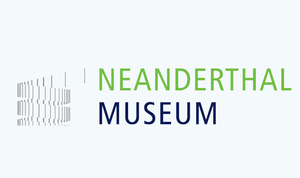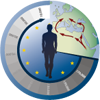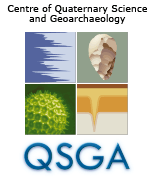 International Workshop 4-5th October 2018
International Workshop 4-5th October 2018
held at Neanderthal Museum
Focus and aim of workshop
Human mobility, in the past as well as in the present, facilitates the spread, exchange and assimilation of people, genes, ideas, concepts, technology, knowledge, traditions and material culture. Evidence of these processes are abundant in the archaeological, historical and anthropological literature, although often related to land based dispersal.
Based on diverse spatiotemporal case studies and methodological approaches, this workshop wishes to discuss how such diffusion and acculturation processes can be investigated in areas which require active sea crossing. Particularly where narrow straits create potential borders between visible landmasses. Within this frame we want to ask; what is the expected cultural and genetic imprint of sea crossings? How does dispersal via sea crossings manifest in the archaeological record on each side of the straits? Can we identify rate, degree and abundance of sea crossings from empirical studies? Is it possible that human sea crossings took place in the past without leaving any identifiable footprint in the archaeological record? And if so, how to we take this into account?
These are just some of the questions we hope to discuss in this workshop where the focus is not to prove/disprove controversial sea crossings per se, but rather to develop the baseline from which we investigate the land based cultural and genetic impact of human dispersals via water. By learning from places where past sea crossings are archaeologically or historically substantiated we can develop a useful frame to discuss land based evidence of sea crossing – and ultimately apply this to places where human sea crossing is physically feasible but highly ambiguous, such as the Strait of Gibraltar in the western Mediterranean. To this end, we invite talks and discussions which investigates these matters from A) empirical perspectives, for example geographic cases or material culture, B) genetic perspectives, for example aDNA or population genomics, and C) theoretical/anthropological perspectives, for example acculturation and con-/divergence. The main geographical case studies are, but not restricted to, the Strait of Gibraltar, the Aegean Sea, the Torres Strait, and the Bass Strait. The temporal focus is the late Pleistocene-Holocene period as well as historical and anthropological perspectives useful for understanding diachronic dynamics and contextualisation of human mobility via sea crossings.








